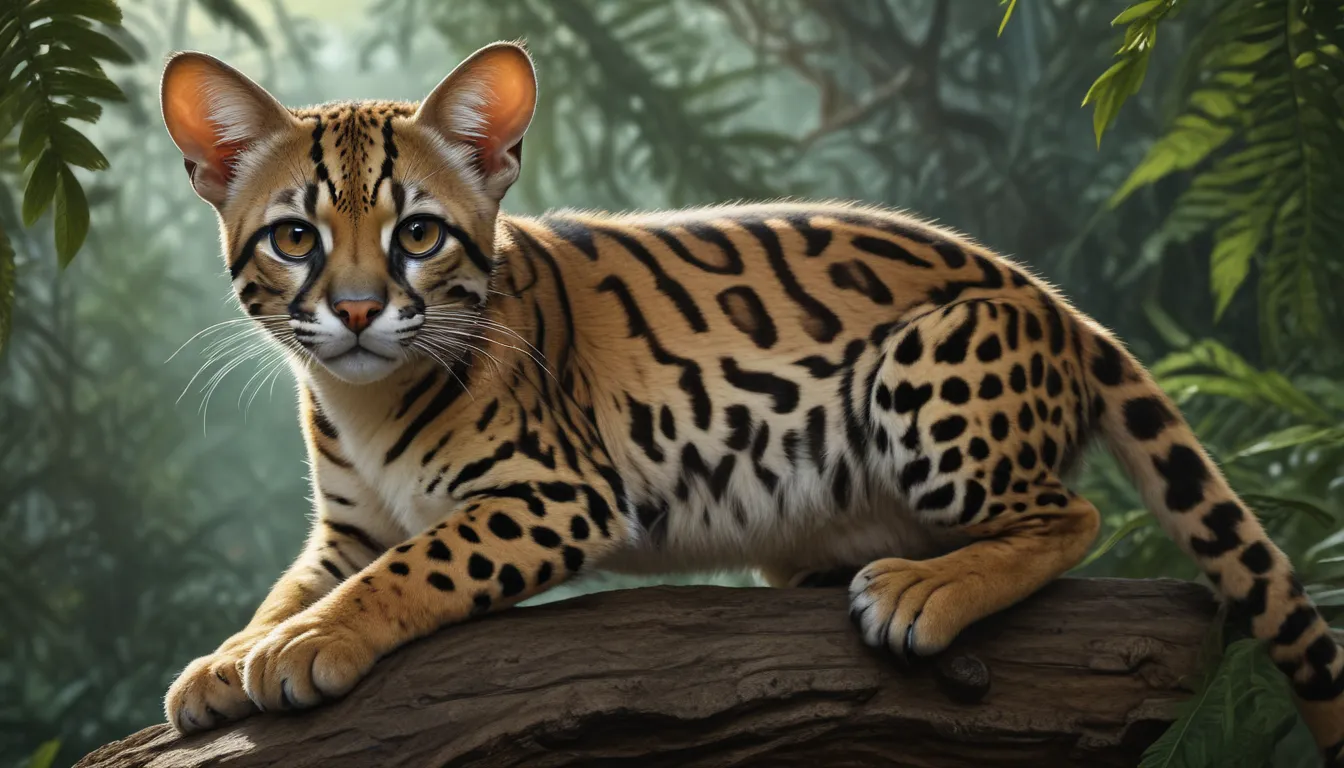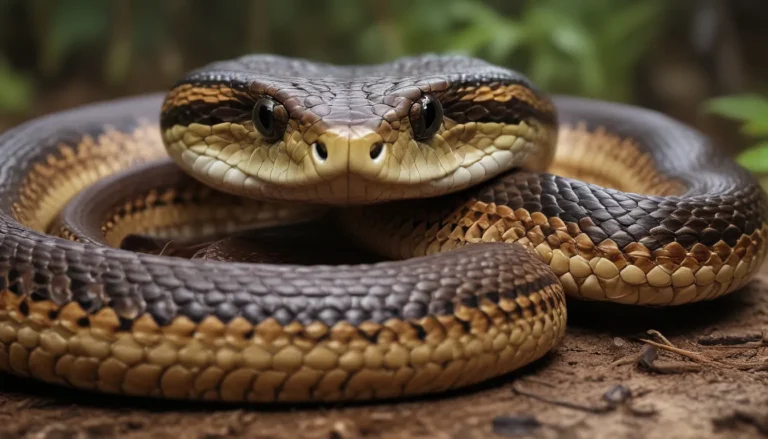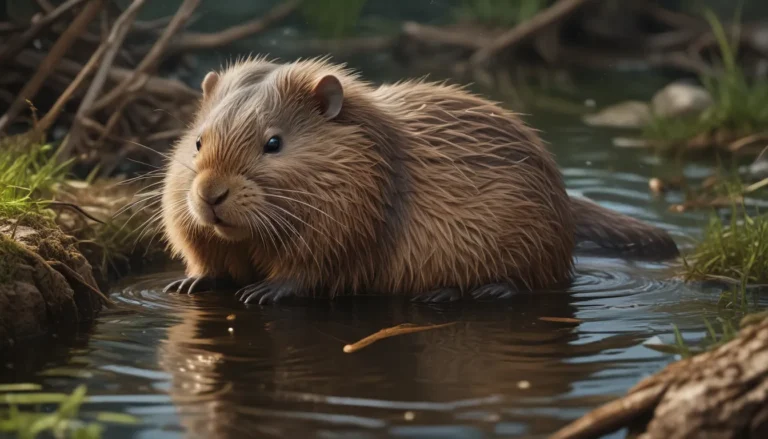The pictures we use in our articles might not show exactly what the words say. We choose these pictures to make you interested in reading more. The pictures work together with the words but don’t take their place. The words still tell you the important facts.
Welcome to the captivating world of the Margay (Leopardus wiedii), a small wild cat that calls the dense forests of Central and South America its home. Known for its stunning appearance and elusive behavior, the Margay has piqued the interest of wildlife enthusiasts and researchers alike. Join us as we unravel the mysteries and delve into the wonders of this enigmatic feline.
The Allure of the Margay’s Coat
One of the most striking features of the Margay is its distinct coat pattern. With a background color ranging from tawny to grayish-brown, adorned with dark spots and rosettes, the Margay's coat serves as impeccable camouflage, allowing it to seamlessly blend into its forest habitat.
The Graceful Tail of the Margay
The Margay's long, bushy tail is a remarkable feature that aids in balance and provides stability while climbing trees. This tail, which can be as long as its body, is essential for navigating the tree canopy with agility and precision.
Eyes that See in the Night
Proportionally large eyes compared to its body size equip the Margay with excellent night vision. These eyes are adapted for navigating the darker hours of its arboreal habitat, allowing the Margay to move with ease and grace under the cover of night.
The Agile Climber: A Master of the Treetops
Margays showcase exceptional climbing abilities with specialized ankle joints that enable them to rotate their hind legs up to 180 degrees. This flexibility, combined with strong forelimbs and flexible shoulders, allows Margays to traverse tree branches with incredible agility and silence.
The Elusive Solitude of the Margay
Margays are solitary creatures, typically avoiding contact with others of their kind except during the mating season. Their elusive nature and exceptional camouflage make them challenging to spot in the wild, contributing to their reputation as one of the most mysterious cat species.
A Predator of the Treetops
Skilled hunters, Margays often ambush their prey from the treetops, using their exceptional leaping ability to pounce on unsuspecting birds or small mammals passing below. Their tail, acting as a counterbalance, provides stability and aids in navigating narrow branches with grace and precision.
Secrets of the Night: A Nocturnal Hunter
Active during the night, Margays have adapted to a nocturnal lifestyle to reduce competition and avoid encounters with larger predators such as jaguars and ocelots that are more active during the day. By hunting under the cover of darkness, Margays increase their chances of a successful hunt, as many of their preferred prey are nocturnally active.
Vocalizations of the Margay
Margays communicate through a variety of sounds, including a unique meow that combines elements of a domestic cat's meow with a high-pitched cry. When threatened or agitated, Margays emit deep growls and hisses as warning signals, displaying their readiness to defend themselves. They are also known for their chattering vocalization, a rapid series of high-pitched chirps often heard during moments of excitement or encounters with other Margays.
The Margay in the Wild: Challenges and Conservation
As a species classified as "Near Threatened" on the International Union for Conservation of Nature (IUCN) Red List, Margays face various threats such as habitat loss, deforestation, and illegal hunting. Conservation efforts led by organizations and conservationists aim to protect the Margay's habitat, raise awareness about their conservation needs, and combat illegal wildlife trade.
Exploring the Margay: FAQs
Where do Margays live?
Margays are native to the dense forests of Central and South America, including countries such as Mexico, Brazil, Peru, and Costa Rica.
What do Margays eat?
Margays are carnivores and primarily feed on small mammals, birds, reptiles, and amphibians. Their diet includes animals such as rodents, squirrels, birds, lizards, and frogs.
Are Margays endangered?
Margays are currently classified as “Near Threatened” by the International Union for Conservation of Nature (IUCN). Habitat loss, deforestation, and illegal hunting pose significant threats to their population.
Can Margays be kept as pets?
Margays are wild animals and should not be kept as pets. They require specific habitats, diets, and enrichment that cannot be adequately provided in a domestic setting.
How high can Margays jump?
Margays are excellent jumpers and can leap up to 12 feet vertically from a stationary position. Their strong hind legs and flexible bodies allow them to perform impressive leaps while hunting or moving through the treetops.
As we conclude our journey into the captivating world of the Margay, we gain a deeper appreciation for the wonders of the natural world and the diverse creatures that inhabit it. Join us in celebrating the mysterious and alluring feline that thrives in the lush forests of Central and South America.






